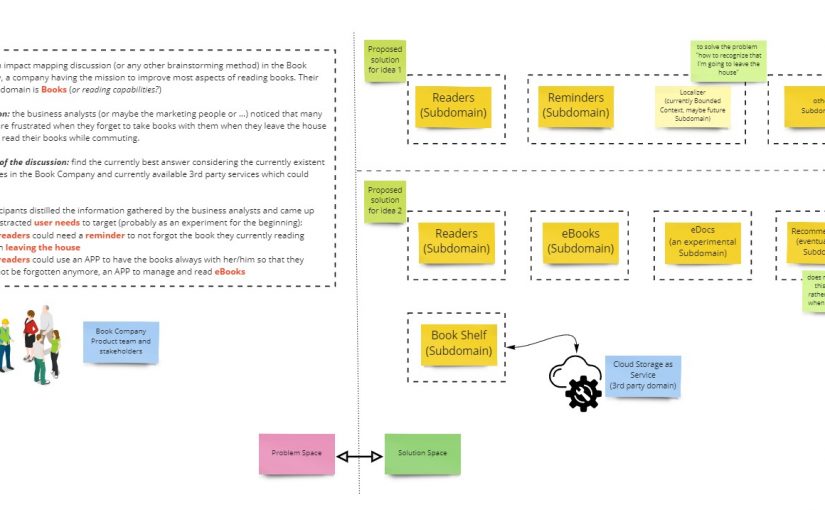Last week I have realized that I had a blind spot: I thought that every developer is aware that selling software or delivering a product are not quite the same. As it turned out, I was wrong so I created this list to explain what I mean.
Goals And Interests In Project Development (aka Feature Factory):
- The main stakeholder is the company paying for the features (called client further on), not the customer who is using them.
- The responsibility for maintaining and evolving of the platform is not my job.
- The requirements are defined by the client: I have no way to validate them because I have no contact with the users of the features. Feedback-based decisions are not possible.
- Fast development but slow delivery.
- Features are defined as a whole and delivered as a whole, not iteratively. Visual requirements (mock-ups) are un-negotiable because they are ordered as-is, even if the end user might not see it that way.
- Perfection instead of usability.
- Innovation is limited by restricted access to the infrastructure or other 3rd party services used by the client.
- No involvement in long- and medium-term planning, as the goals of the client are not my goals. Very limited possibility to plan the architecture aligned with the strategy of the client.
- The product my company sells is time and/or LoC. (Disclaimer: this would not be the case when working with Extreme Contracts)
- The most important metrics are:
- hours per week,
- features per unit of time,
- LoC
Goals And Interests In Product Development:
- The main stakeholders are the end customers and the company itself (me and my team included).
- The main goal is to identify users’ problems, develop solutions for them and solve them in the correct order. The job is no longer spending time with work or moving tasks on a Jira board, but to provide solutions.
- Nowadays, with a large number of competitors who could appear every day, time-to-market (i.e. time) is decisive, but not at the expense of quality.
- We own the maintenance and the evolution of the platform. It is our interest to produce high quality and robust software.
- Through the cooperation of business analysts, UX experts, software developers and cloud experts, we are able to deliver features (capabilities) step by step, measure their benefits and decide on the next measures.
- I can use all my skills and my company can benefit for them.
- The user stories are written in a business-oriented manner, they can be taken literally. They document the proposed solution, can be cut into meaningful slices to be implemented quickly and reliably and to be delivered fast.
- “Fail Fast” and “Inspect and Adapt” are the most important principles.
- Usability, not perfection.
- The most important metrics are:
- customer satisfaction (measured with business metrics and the usage of delivered features),
- lead time (time between idea and in use),
- time to recovery,
- change failure rate (Accelerate)
